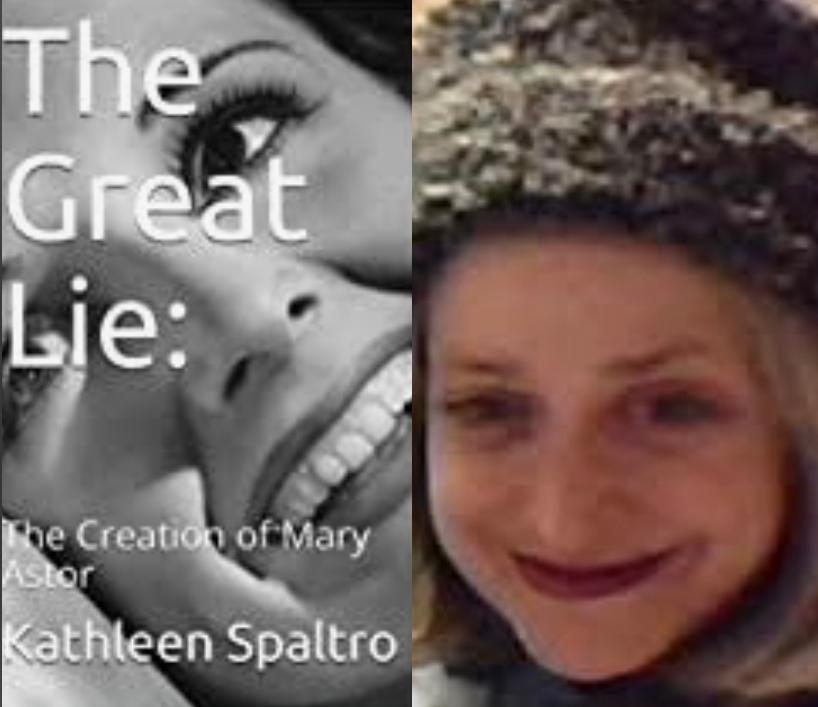Myths of a Quincy legend

Author Kathleen Spaltro finds the facts behind the fables of one of Quincy’s most famous native daughters.
Lucile Langhanke wasn’t a name that was going to light up a marquee.
However, Mary Astor would.
Author Kathleen Spaltro beautifully tells this story in her book “The Great Lie: The Creation of Mary Astor”, which came out in February of this year.
Mary Astor was born in 1906 in Quincy and became one of the silent screen’s first stars, who transitioned into talking pictures in more secondary roles and eventually won an Academy Award for Best Supporting Actress for her portrayal of pianist Sandra Kovak in 1941’s The Great Lie.
After working for many other studios, Astor was an actress under contract with Metro-Goldwyn-Mayer through the 1940s and continued to work in film, on television, and on stage until her retirement from acting in 1964. She wrote five novels and her autobiography was a bestseller, as was another book about her career, A Life on Film.
But when Spaltro dug through the archives of Quincy’s three (yes, three) newspapers of the early 1900’s, she found the transformation from Langhanke to Astor was far more difficult and painful than a caterpillar to a butterfly.
“She had to support her parents, it was not her choice to be an actress,” Spaltro said over a Google Meet interview last month. “Her father had been fired twice and her parents put her in the position to support the family at 15.”
Mary’s father, a German immigrant named Otto Langhanke, taught German at Quincy High School and was fired twice, including once, in 1912, for being in a fist fight with a fellow teacher. He also raised chickens and organized displays in store windows.
After Otto Langhanke’s second firing in 1918, the family moved to Chicago and New York City, where Mary began her professional acting career, although she had performed in amateur recitals at what was then known as the Quincy College of Music and Art.
Spaltro categorizes the relationship between Astor and her parents as abusive, with a domineering mother, Helen Langhanke, and a father who took control of her career and earnings as her manager and squandered, according to Astor, at least $500,000.
But after her struggles with her parents and multiple marriages, Spaltro’s story is about Astor’s rise following her stumbles.
“There is much more to her story than the scandals,” Spaltro said. “She was so much more than an actress. I wanted to capture her true self and how she recovered from the self-destructive behavior that was a product of a hostile childhood.”
Astor died in 1987. In the preface of Spaltro’s book, Joseph Egan, who wrote an earlier book about Astor’s child custody battle with her second husband, writes “…after all my research, all my meticulous documentation of Mary Astor’s child custody trial, reading this biography revealed aspects of Mary Astor’s life of which even I was not aware. And frankly, that is a remarkable achievement.”
“I’ve really done pretty well for a little girl from Quincy, Illinois,” Mary Astor could have quoted from ex-lover George S. Kaufman’s “Dinner at Eight”.
“The Great Lie: The Creation of Mary Astor” is available in hardback, paperback, or Kindle book on Amazon, please also mention the audiobook version on Audible, ACX, and iTunes.
Miss Clipping Out Stories to Save for Later?
Click the Purchase Story button below to order a print of this story. We will print it for you on matte photo paper to keep forever.

